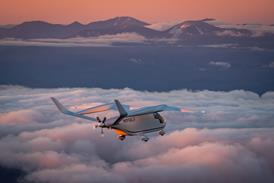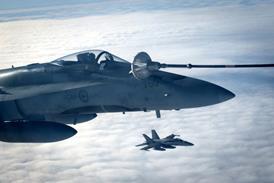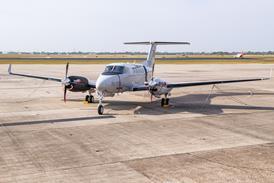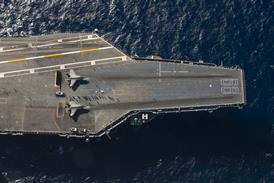By David Learmount at Farnborough air show
BAE Systems has developed a bolt-on, two-chip radar signal processor that can negate the radar-confusing returns that wind turbines generate (Flight International, 11-17 July). The advanced digital tracker (ADT) does not interfere with the radar, but post-processes the signals before they are shown on the display, dismissing the clutter the turbines can create so "real" targets can be detected even close to large wind farms.
Wind turbines have a total radar cross-section of 1,000m2 (11,000ft2), says BAE's wind farms business manager Geoff Butler, and when the massive aerofoils are turning, they confuse the Doppler-based moving-target detectors that primary and secondary radars use. "Wind turbines are already a part of the landscape and seascape," says Butler, "and there are going to be many more of them." Obtaining planning permission for new wind farms is already difficult, but radar considerations have affected 40% of the applications already, he says.
The BAE ADT system - also called a plot-and-track extractor - was originally developed "for missile tracking in a harsh naval environment" - radar clutter caused by returns from waves, Butler says. It is a small device that can be "bolted on" to any type of radar, and consists of an interface chip to make it compatible with the unit, and another chip hosting the software.
The algorithms can be specifically tailored for maximum effectiveness at given radar sites that have wind farms in their area of coverage, says Butler, because each wind farm has a different radar signature. BAE says it has been working on this issue with all the parties involved since 2002, and successful trials have been carried out since last year. Now the UK Department of Trade and Industry is co-operating with the Universities of Manchester and Sheffield to create "stealth" wind turbines that have a lower radar signature. Butler says the ideal solution, for high quality radar surveillance, "will probably be a combination of the two [ADT and stealth design]".
Source: Flight International




















